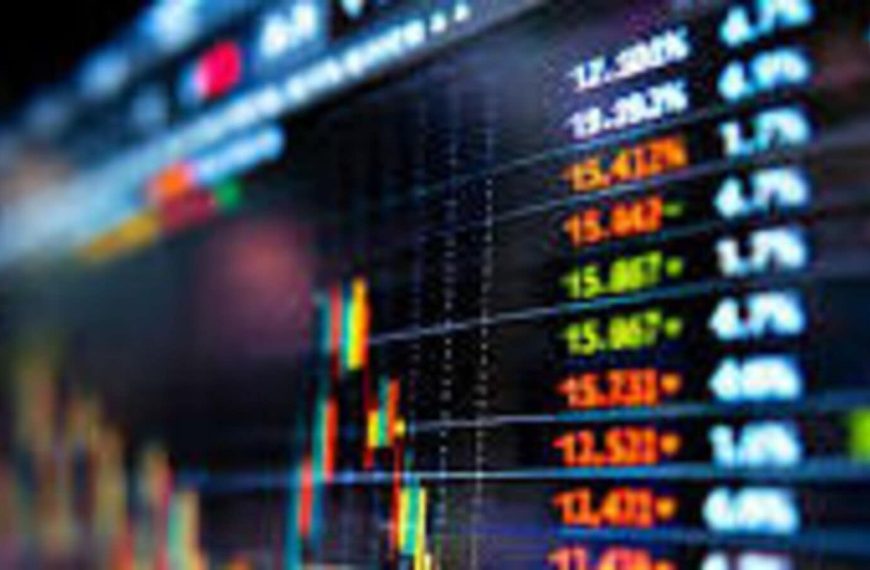As we dive into 2025, gold prices have experienced a remarkable surge, climbing over 11.35% as of early March. However, after a continuous upward trend for more than two weeks, the market is witnessing a slight downturn. On March 5, the MCX gold rate opened at ₹85,931 per 10 grams, briefly peaking at ₹85,977 soon after trading commenced. Despite this fluctuation, gold remains tantalizingly close to its record high of ₹86,549.
Current Market Sentiment on Gold
In the early hours of trading, gold prices appeared stable as market participants awaited Donald Trump’s highly anticipated address to Congress. Analysts suggest that little in the way of surprises is expected from the speech. Meanwhile, the US dollar has dipped to a three-month low, which may encourage new buyers to enter the market. Anuj Gupta, Head of Commodity & Currency at HDFC Securities, commented, “The current dollar situation could bolster investor confidence.”
The Shift from Physical Gold to ETFs
In recent years, investors have shifted their focus from traditional physical gold to more modern investment options like gold ETFs. Once limited to purchasing physical gold, today’s investors can explore various avenues, including:
- Sovereign Gold Bonds (SGBs)
- Gold ETFs
- Gold Mutual Funds
- Digital Gold
- Physical Gold
This evolution in the investment landscape has prompted many to ask: which is the better option, physical gold or gold ETFs?
Comparing Investment Returns: Gold vs. Gold ETFs
Experts agree that while both physical gold and gold ETFs promise similar long-term returns, they differ significantly in terms of costs and convenience. Buying physical gold often incurs additional costs like making charges for jewelry and coins, which can diminish overall returns. Conversely, gold ETFs typically feature lower transaction costs and can be purchased in smaller denominations without concerns regarding purity or storage.
Jateen Trivedi, VP Research Analyst at LKP Securities, notes that gold ETFs are gaining ground among investors who value liquidity and systematic investment plans (SIPs). “Gold ETFs allow for exposure to gold without the complications of physical storage, making them an attractive option in today’s digitally-focused investment environment,” he explains.
Historical Performance: Gold vs. Gold ETFs
Looking at the historical data, physical gold has often outpaced gold ETFs. Over the past five years, physical gold provided a 20% CAGR, while top-performing ETFs yielded returns between 13.8% and 14.07%. In a ten-year span, physical gold achieved a 12% CAGR, whereas ETFs reported returns ranging from 10.02% to 10.28%. Over a 15-year horizon, physical gold yielded an 11% CAGR, while ETFs returned between 9.54% to 9.62%.
While physical gold shows higher returns, gold ETFs excel in terms of convenience and liquidity, catering to diverse investor needs. They also offer significant advantages, including transparency and ease of trading, making them an appealing option for modern investors.
Conclusion
As gold continues to be a favored asset amidst market volatility, the choice between physical gold and gold ETFs ultimately depends on individual investment goals and preferences. Whether you prefer the tangible allure of gold or the convenience of ETFs, understanding these options is crucial for making informed investment decisions.











